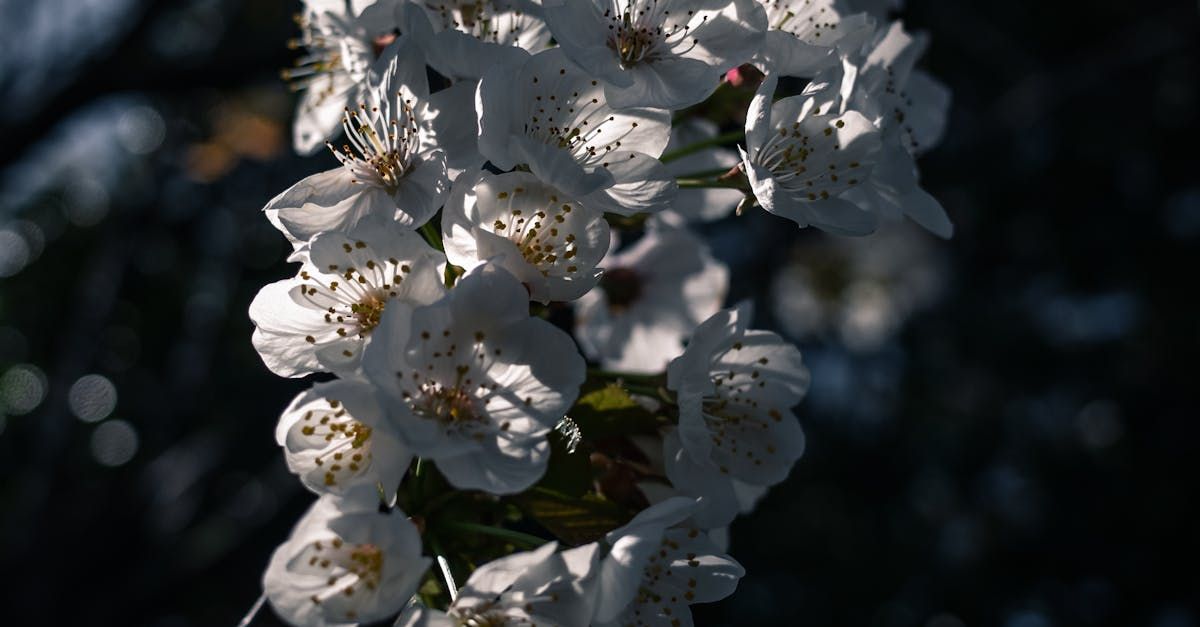Demystifying CBD: Busting Common Myths About High-CBD Cannabis
Separating Fact from Fiction in the World of High-CBD Cannabis: Unraveling the Truths Behind Common Misconceptions
In the ever-expanding world of cannabis, CBD (cannabidiol) has emerged as a star player, celebrated for its potential therapeutic benefits without the psychoactive effects commonly associated with THC. However, along with the growing popularity of CBD, a number of myths and misconceptions have also taken root. In this blog post, we'll debunk some of the common myths surrounding high-CBD cannabis, shedding light on the truths behind this cannabinoid.
One prevalent myth is that CBD is entirely non-psychoactive. While CBD does have various potential benefits, it's essential to understand that individual responses may vary. CBD, or cannabidiol, interacts with the endocannabinoid system, a complex network of receptors that play a crucial role in regulating various physiological processes. Some users report feelings of relaxation and stress relief, while others may experience improved focus or better sleep. It's important to note that CBD is not a one-size-fits-all solution, and factors such as dosage, frequency, and individual differences can influence its effects. Additionally, ongoing research is shedding light on CBD's potential therapeutic applications, including its anti-inflammatory properties and potential in managing certain medical conditions. As the landscape of CBD continues to evolve, a nuanced understanding of its effects empowers individuals to make informed choices about incorporating it into their wellness routines.
Some believe that CBD is most effective when combined with other cannabinoids and terpenes in what's known as the entourage effect. High-CBD strains, renowned for their potential therapeutic effects, may benefit from the entourage effect, where the combination of various cannabis compounds enhances overall efficacy. The presence of other cannabinoids, such as THC and terpenes, can potentially amplify CBD's impact, leading to a more comprehensive and nuanced response in the body. Research suggests that the synergistic interaction of these compounds might contribute to a more balanced and effective therapeutic outcome, emphasizing the importance of considering the holistic composition of cannabis strains for optimal benefits.
While CBD is celebrated for its potential therapeutic applications, this section will dispel the myth that CBD is exclusively for medical use. High-CBD strains offer a natural and non-intoxicating option for individuals incorporating cannabis into their wellness routines, promoting balance and relaxation without targeting a specific medical condition. Whether through smoking, vaping, or incorporating CBD-infused products, these strains provide a gentle and potentially calming influence, making them a versatile choice for those seeking a harmonious addition to their overall well-being.
Not all CBD products are created equal, and assuming they are can lead to disappointment. Not all CBD products are created equal; their effectiveness hinges on factors such as extraction methods, source, and overall product quality. The nuances in these elements significantly impact the composition of cannabinoids, terpenes, and other compounds, underlining the importance of informed consumer choices to ensure consistent and reliable results from CBD products.
Some expect CBD to deliver immediate effects, similar to the rapid onset associated with THC. The timing of CBD effects is a dynamic reality, influenced by factors such as consumption method, dosage, and individual metabolism. Whether ingested through oils, edibles, or applied topically, users may experience variations in onset and duration, highlighting the need for personalized experimentation to find the most suitable and effective approach to integrate CBD into their wellness routine.
Contrary to the misconception that CBD is always sedating, CBD exhibits a dual nature in its effects, offering potential relaxation and stress relief, while also demonstrating adaptability in addressing individual needs and promoting overall well-being. While it can promote relaxation and ease stress, it doesn't necessarily induce drowsiness, making it suitable for various times of the day.
The legal status of CBD is another area where myths abound. Navigating the legal landscape of CBD is crucial, with regulations varying widely; understanding local laws is essential to ensure compliance and avoid potential legal complications. As the legality of CBD continues to evolve, staying informed about regional restrictions is imperative for individuals and businesses involved in the production, distribution, or consumption of CBD products.
High-CBD cannabis has taken the spotlight for its potential therapeutic benefits and versatility. By dispelling common myths surrounding CBD, individuals can make informed decisions about incorporating this cannabinoid into their lifestyles, whether for medical purposes or as part of a broader wellness routine. Understanding the realities of CBD allows users to appreciate its diverse effects and navigate the ever-evolving world of cannabis with clarity.
SHARE:
Disclaimer: The information provided in this article is for educational purposes only. The content is not intended to be a substitute for professional medical advice, diagnosis, or treatment. Always seek the advice of your physician or other qualified healthcare provider with any questions you may have regarding a medical condition. The use of cannabis, including smoking, may have potential health risks and may not be suitable for everyone. It is essential to understand and abide by the laws in your country or state regarding cannabis use. The author and publisher of this article are not responsible for any adverse effects or consequences that may result from the use of the information presented in this article. This blog is sponsored by
Fresh Mint.











